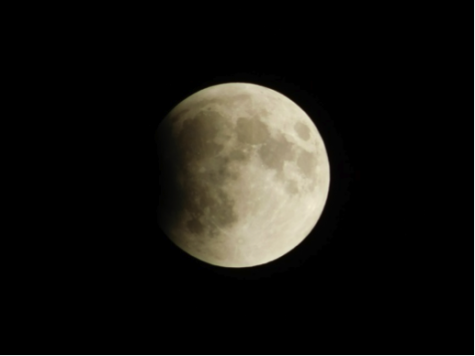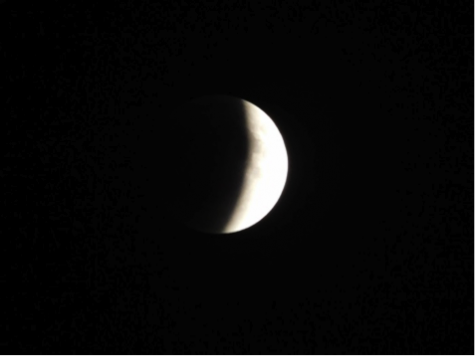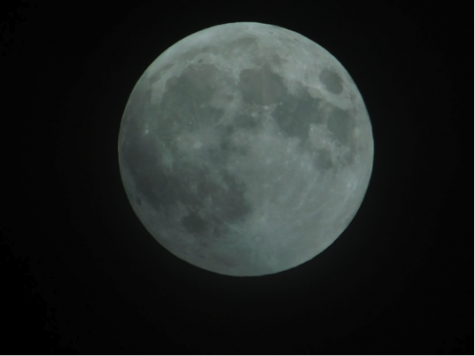The Religious Significance of the Blood Moon
On September 27, a combination of several uncommon astrological events occurred, resulting in one rare celestial event This was the lunar eclipse. Not only was there a lunar eclipse, but there was also a blood moon, super moon, the autumnal harvest moon and the final eclipse in a tetrad. Wow, that’s a mouthful.
Okay, now to break it down: A lunar eclipse is when the earth moves between the sun and the moon, blocking the moon from reflecting the sun’s rays. Occasionally, depending on the atmospheric conditions and the position of the moon, the moon will appear as a dark red color—hence the name, “blood moon.” This beautiful red phenomenon is, sadly, the result of pollution. Atmospheric particles reflect certain colors, which is the same reason we have colorful sunsets. The autumnal harvest moon is the full moon falling during or just after the autumnal equinox. The harvest moon, also called the “blue corn moon,” is known for its added brightness that allowed farmers to work later into the night. A super moon occurs when the moon is at its closest to the earth (about 20,000 miles). The last time a super moon and lunar eclipse occurred together was 1982, and it will not happen again until 2033.
Now, it gets even more unique. This moon is also part of a blood moon lunar tetrad, which is the epicenter of many “end-of-the-world theories.” Although now we know that these theories are not true, it’s still fun to delve into their historical and religious aspects. A string of Judeo-Christian theories supposedly predicted the end of the world on September 27. Many passages in the Bible depict a sign of the end times as the moon washed in the color of blood. This seems pretty similar to the lunar eclipse, right?
Another interesting fact: the last four blood moons all fell on important Jewish holidays. On April 15, 2014, the blood moon fell on Passover; October 8, 2014, it fell on the the Feast of Tabernacles. April 4th was Passover again, and the most recent one fell on The Feast of Tabernacles once again. Because the moons all fell on these holidays, many Judeo-Christian theologians predicted the biblical rapture imminent.
There are some major implications with blood moon occurrences in Judaism. In 1493, the same tetrad occurred when the Jews were expelled from Spain, and on 1949, shortly after the state of Israel was recognized. The most recent tetrad occurred in 1967 during the Six-Day War between the Arabs and Israelis. Clearly, these tetrads hold religious importance amongst Jewish populations.
Pastor Mark Blitz created the blood moon phenomenon theory after researching the correlation between blood moons and their occurrence on feast days and on dates of key historical events. He believes that a strong correlation exists between these occurrences.
Now, for those who don’t like reading end of the world theories, here are some quick facts about the moon. Although Artemis is considered the moon goddess today, the Greeks believed that Selene was the actual embodiment and personification of the moon. The Roman equivalent of Selene is Luna. The moon and sun control tides due to their gravitational pull. It is believed that the moon regulates our rotational axis on earth. Without the moon, our seasons would become erratic and inconsistent. Life on earth as we know it would not exist without the moon.
No matter what you believe, his lunar eclipse was marvelous, and here are some pictures if you missed out or want to relive the event.
Photo Credit: Jordan Roiland











